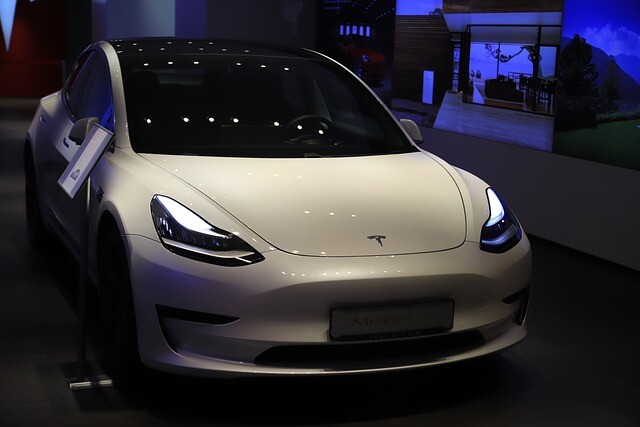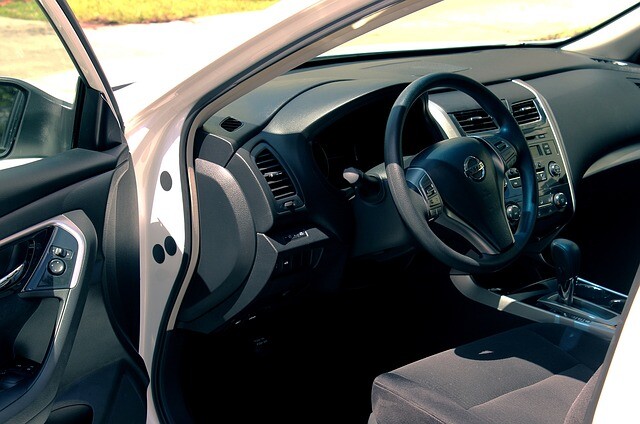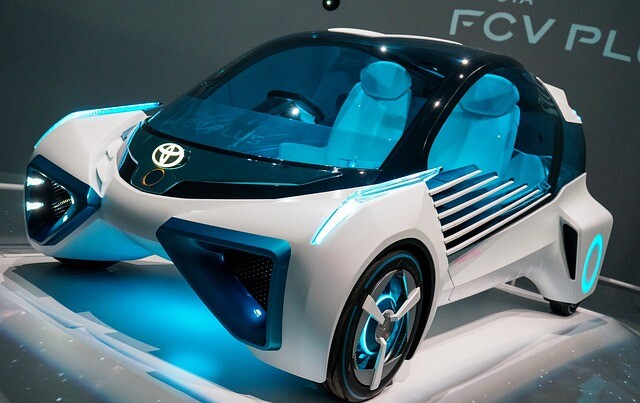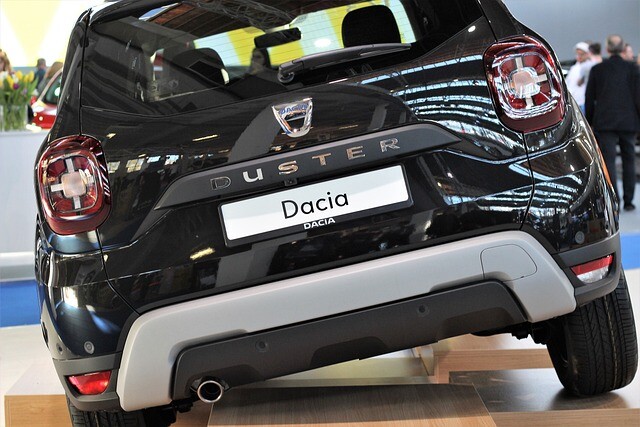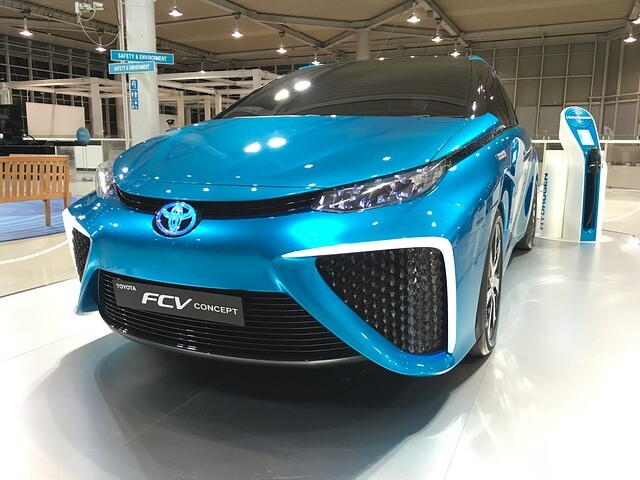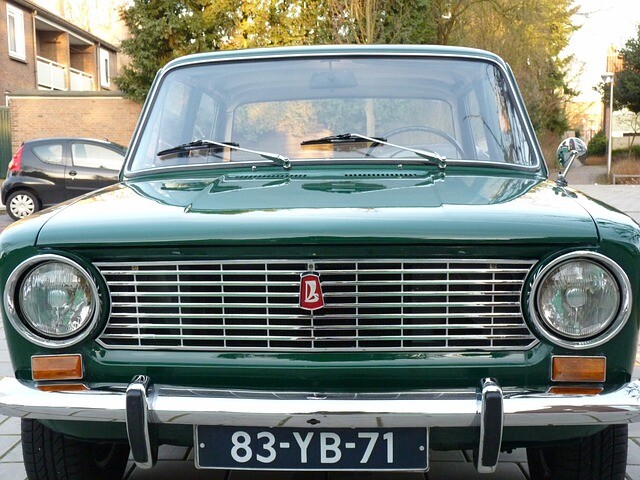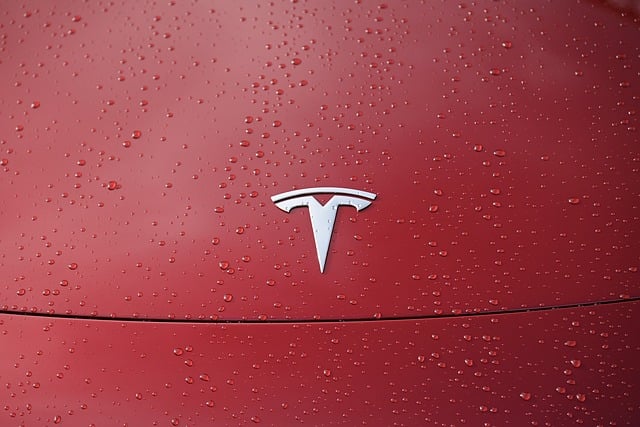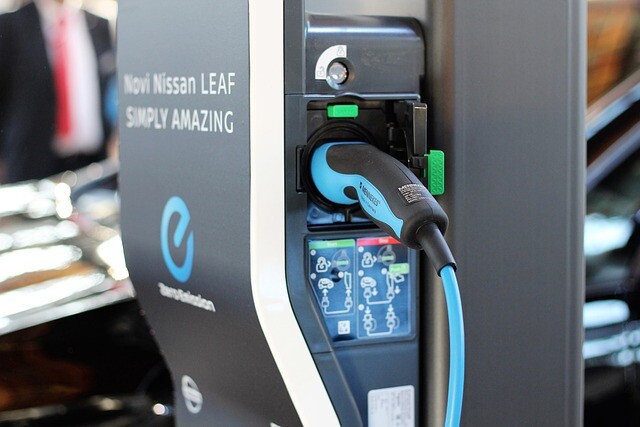Toyota Mirai
After superficial preliminary information, Toyota finally provided detailed information about the second-generation Mirai sedan. Each of his cartilage knows much more.
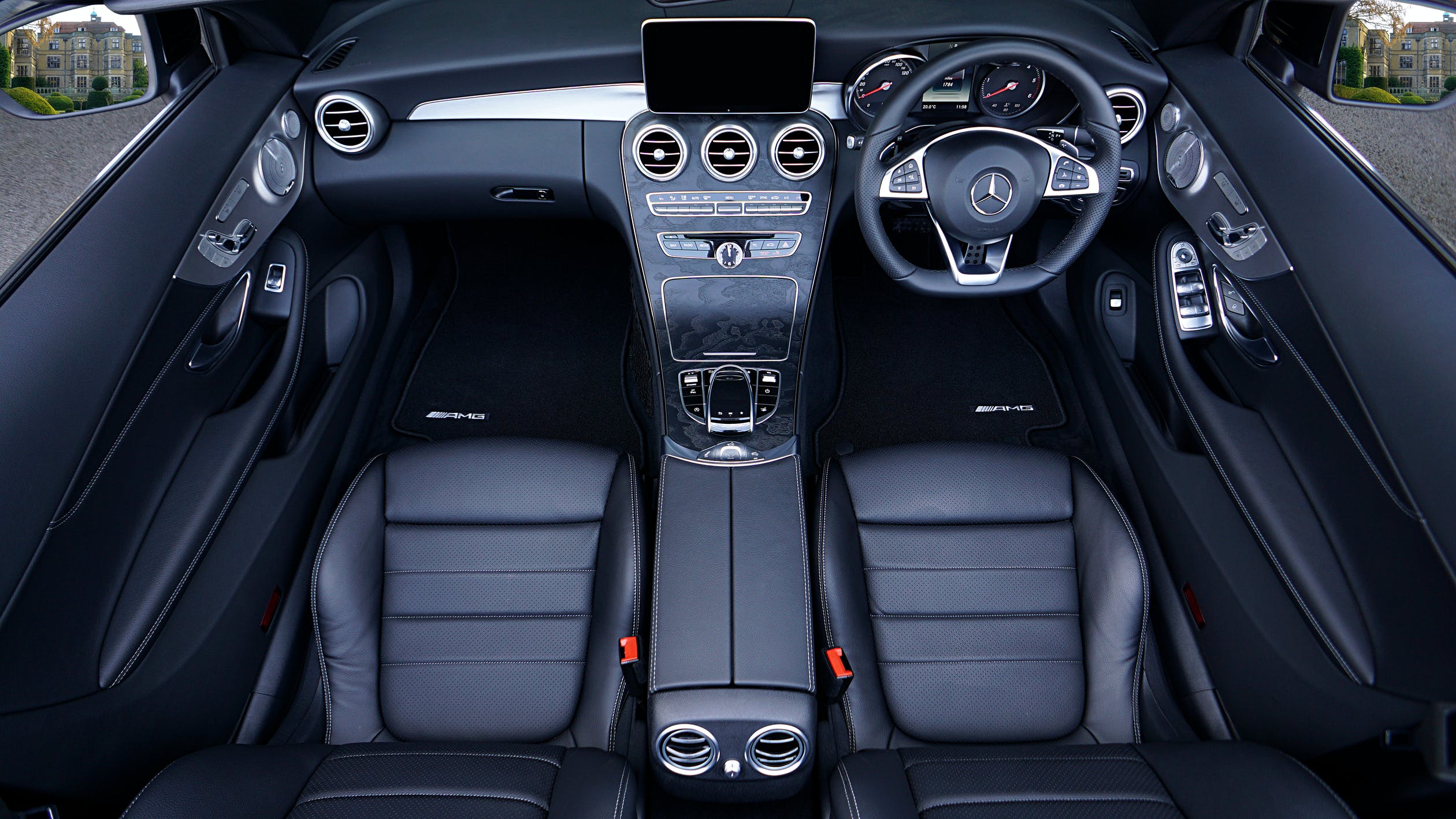
Its height has been reduced, all other dimensions have been increased for the new Toyota Mira, a hydrogen fuel cell sedan based on the group's GA-L floor plate.
The point is not this either, but the evolution of the powertrain. In the new system, the power of the fuel cell moved from the back to the nose increased from 155 to 174 horsepower despite a reduction in size and cell number (330 instead of 370). As a result, the power density is now 5.4 kW / liter instead of 3.1. The fuel cell also became lighter by about 10 percent (25.5 kg instead of 28.4). The world's first use of silicon carbide semiconductors has also helped in this.
In part, this, in part, the more favorable fluid resistance coefficient explains that the range has increased by 30 percent to 650 kilometers, while the capacity of hydrogen tanks has only halved (142.2 liters instead of 122.4; 5.6 kg instead of 4.6). What’s more, this volume is split between three tanks instead of two - thanks to the new floorboard - for better space utilization and a deeper center of gravity. The size of the system is also reduced by a quieter and more efficient air intake system and an exhaust system that discharges air and water vapor produced as a by-product of the process: the complete system is 30 percent smaller and 34 percent lighter.
The battery is Li-Ion instead of NiMH. Its system voltage is 310.8 V (so far 244.8 V), and its weight has been reduced by 2.3 kilograms (to 44.6 kg). The smaller battery pack fits behind the rear seat, so it doesn’t reduce boot capacity.
Toyota is very proud that the new TNGA floorboard family carries its center of gravity deep and is also very rigid. The Mirai complements this with a 50:50 weight distribution and multilink front and rear suspension for balanced driving on paper.
(Source: vezess.hu / photo: pexels.com)

